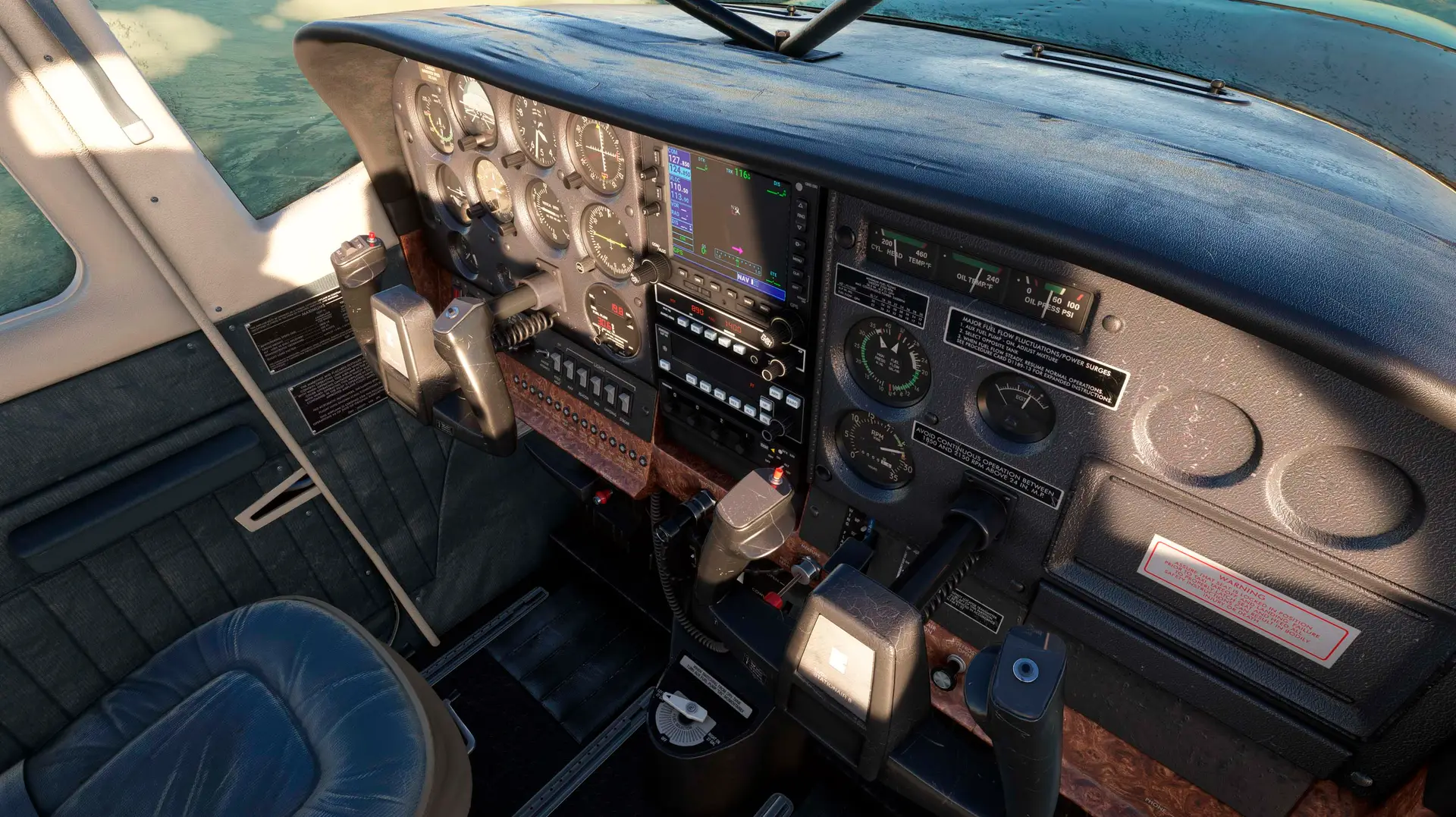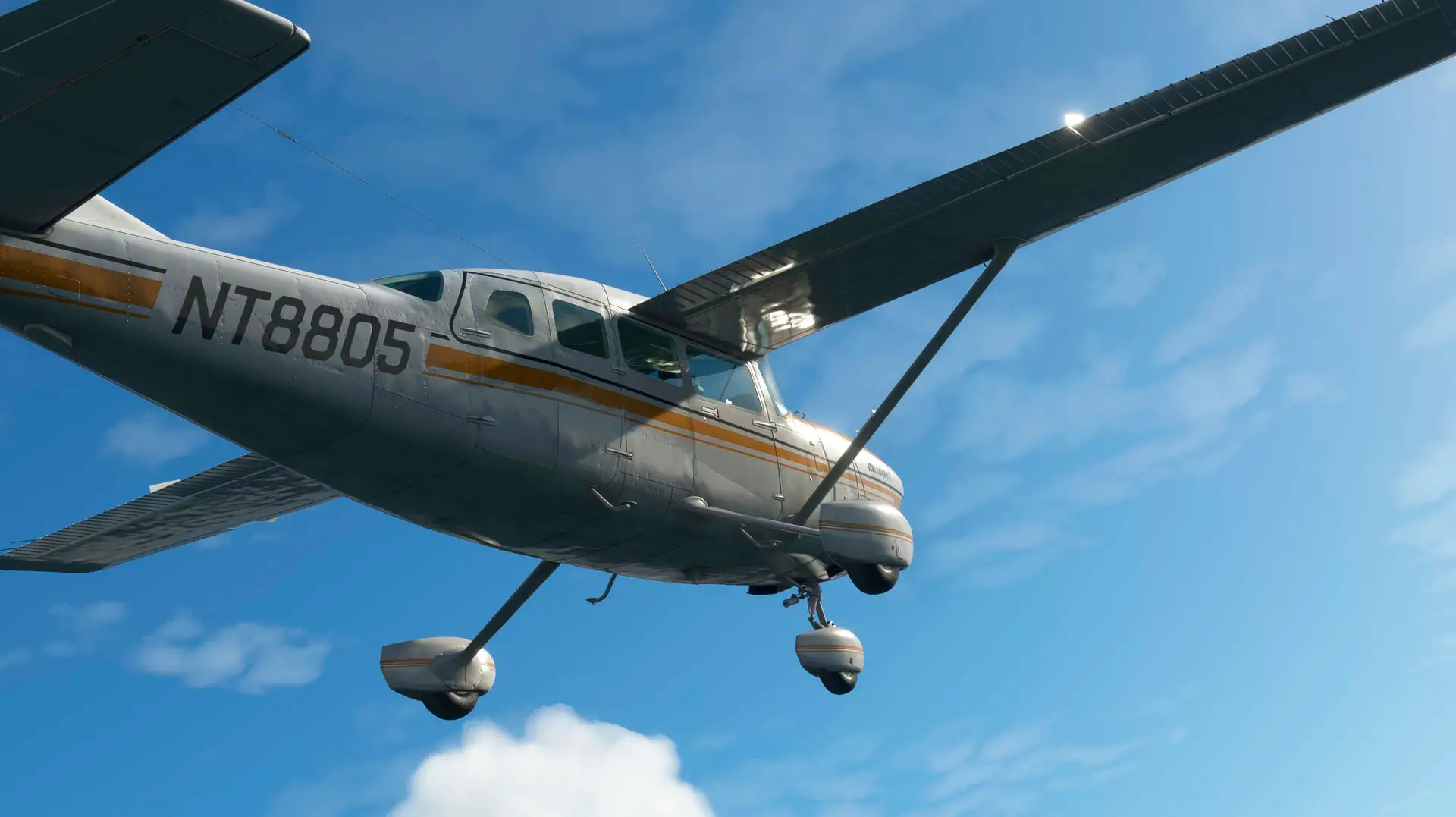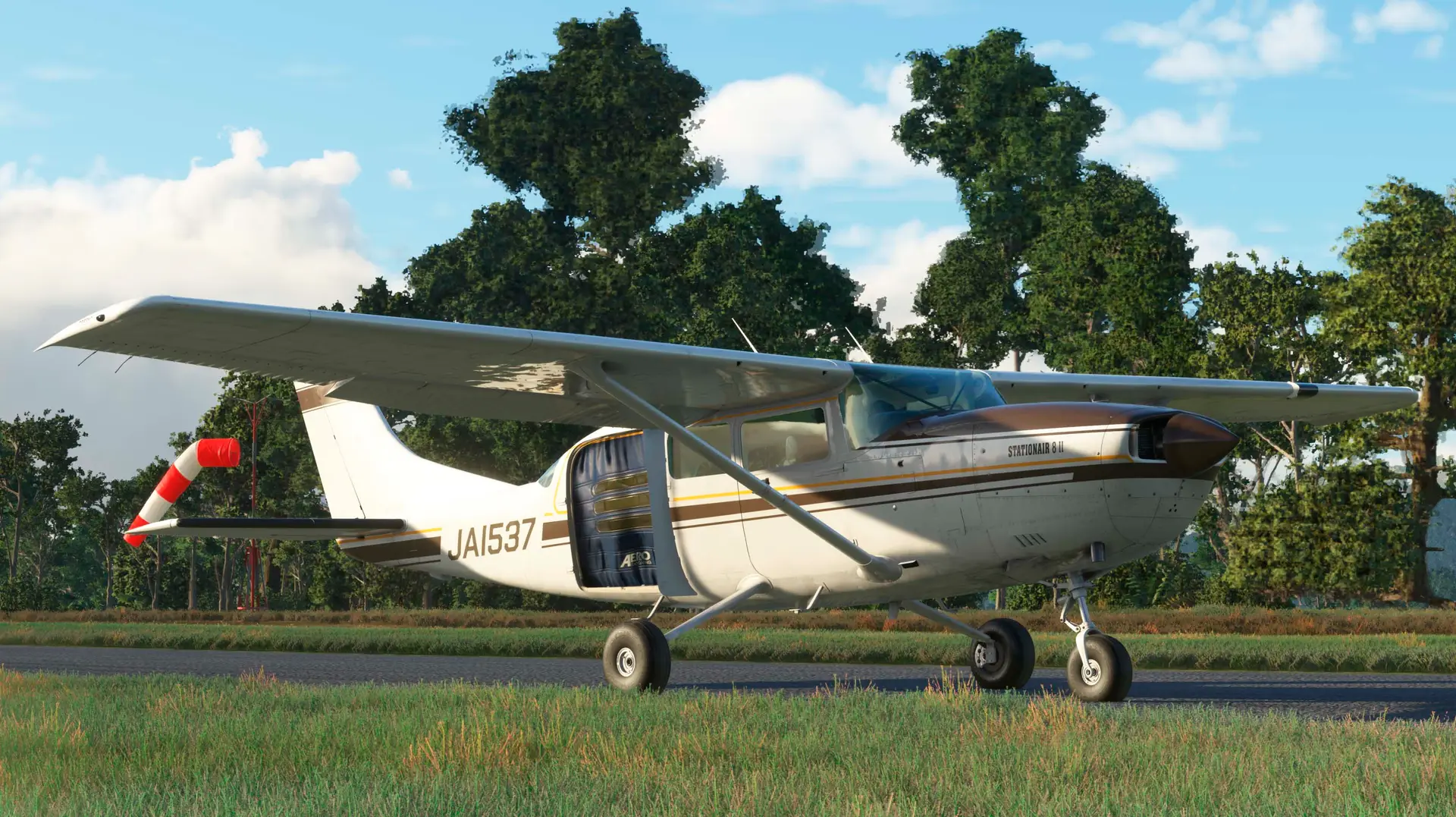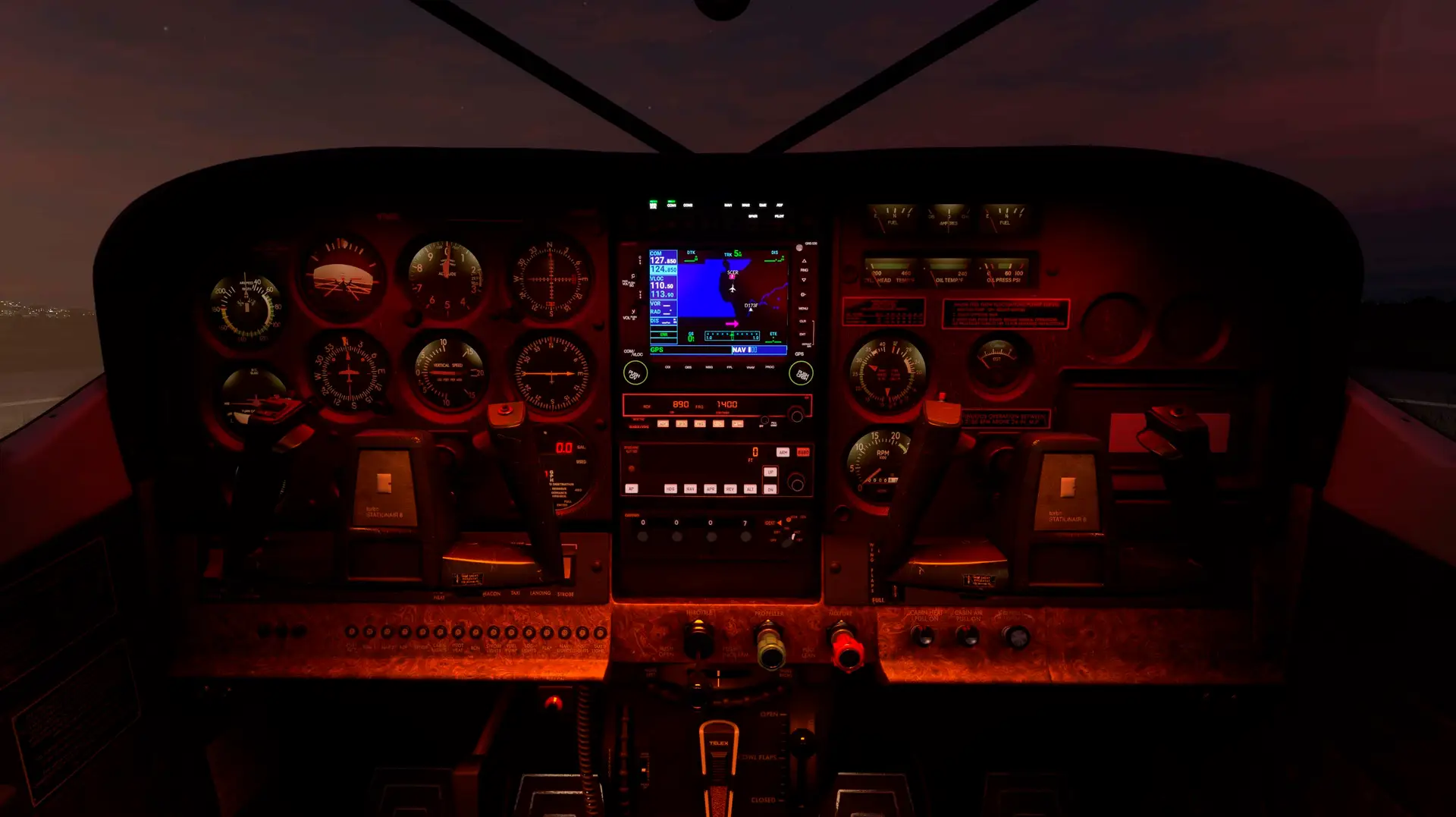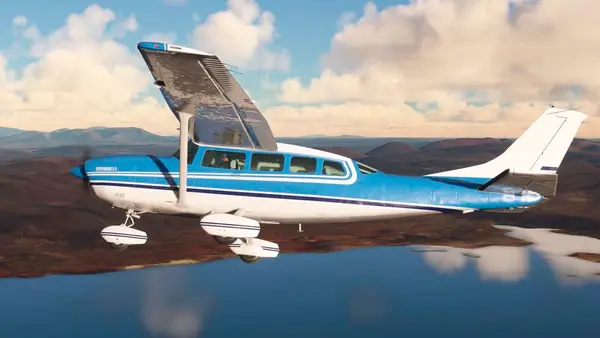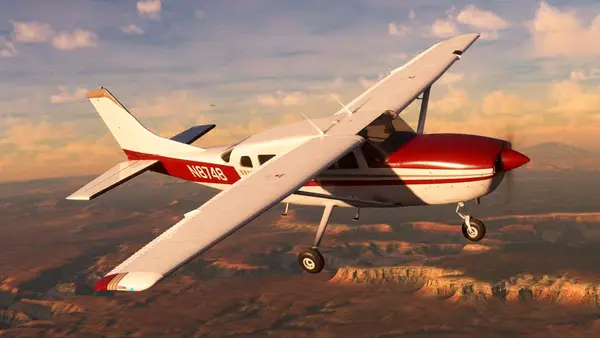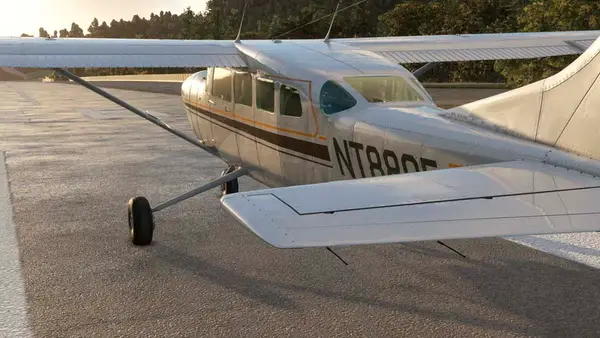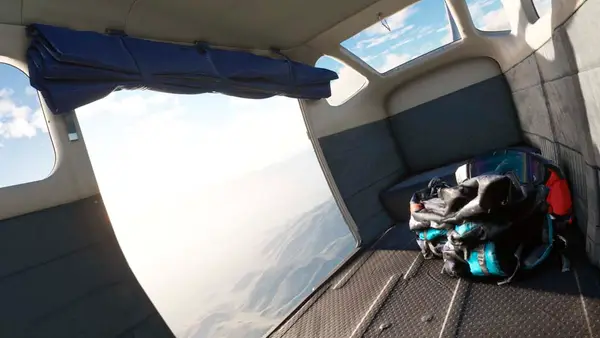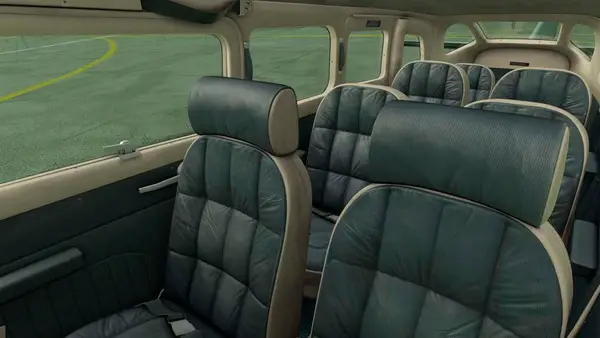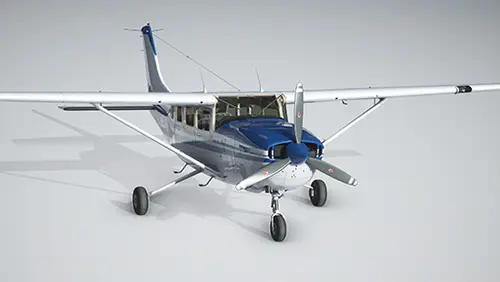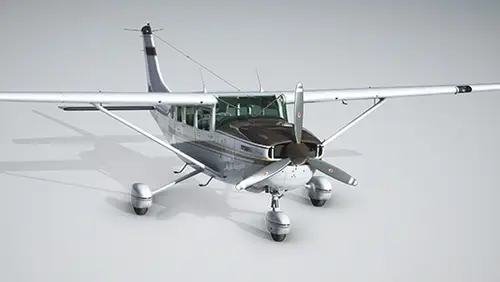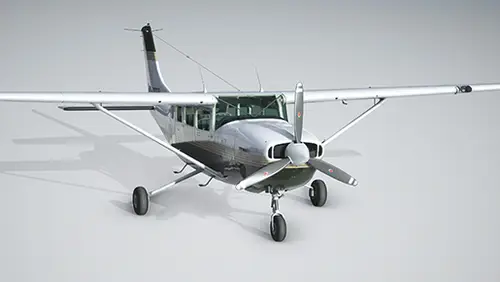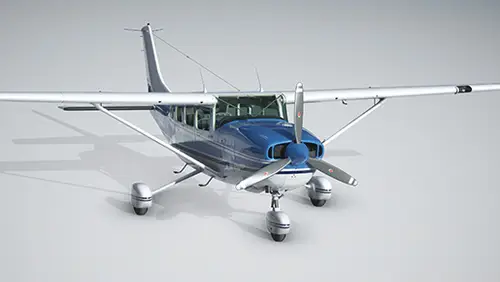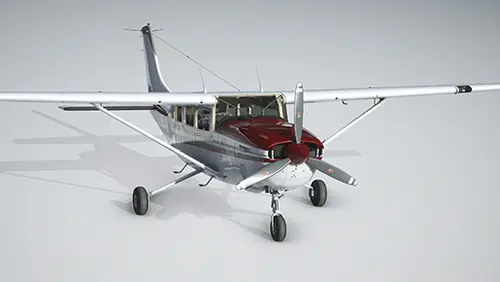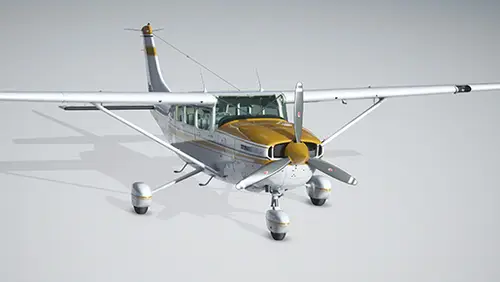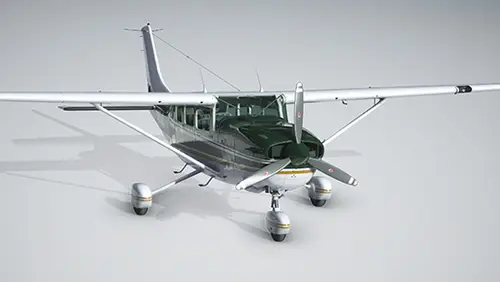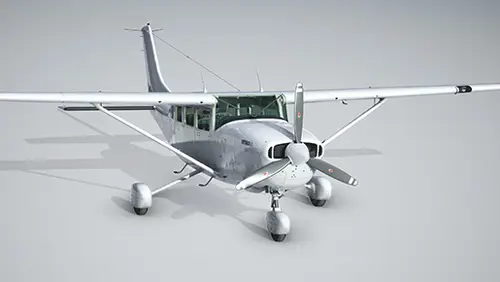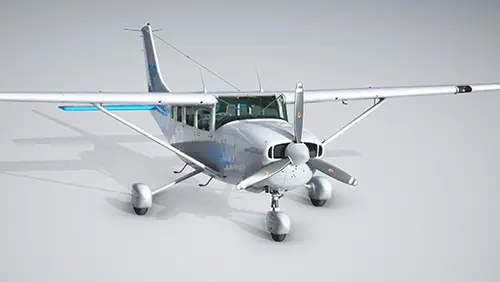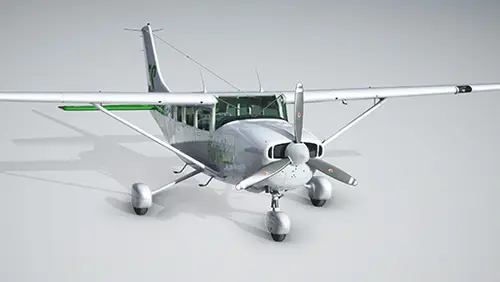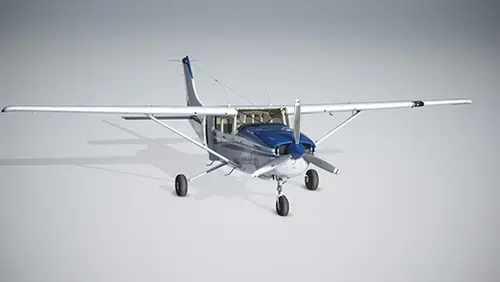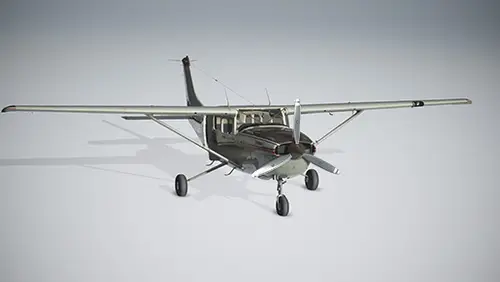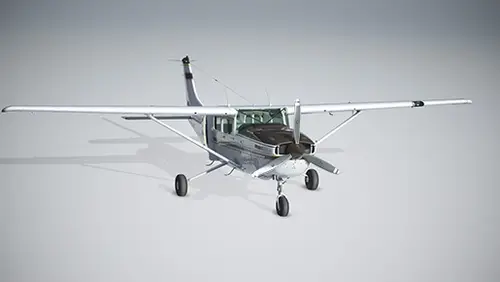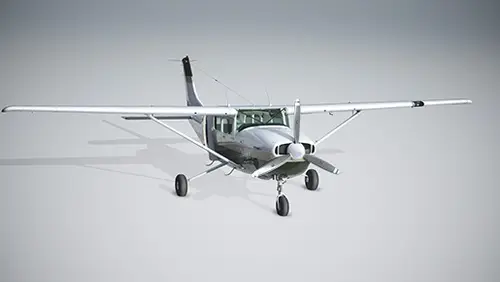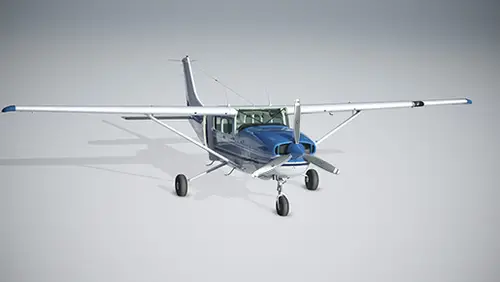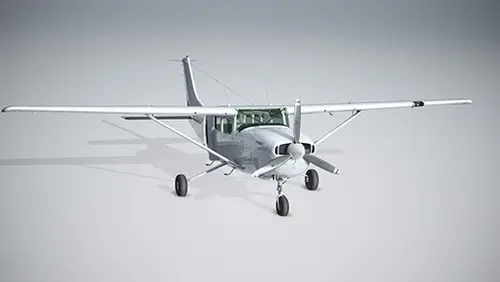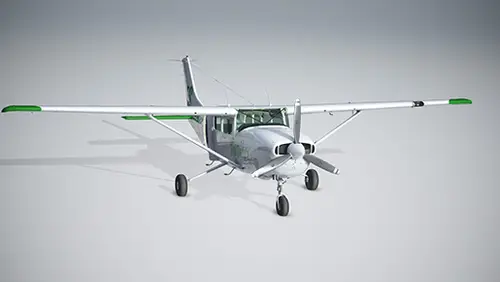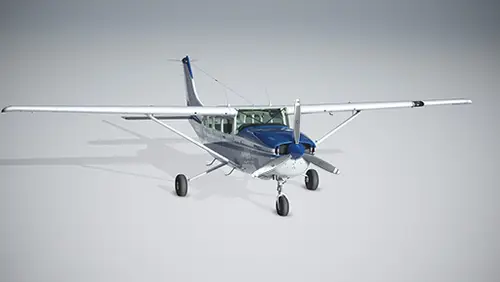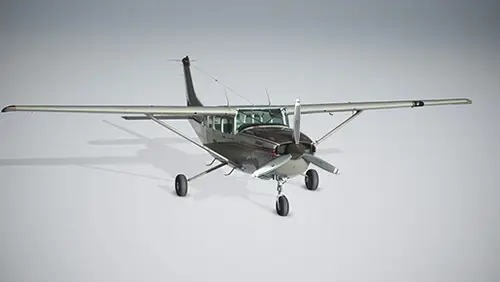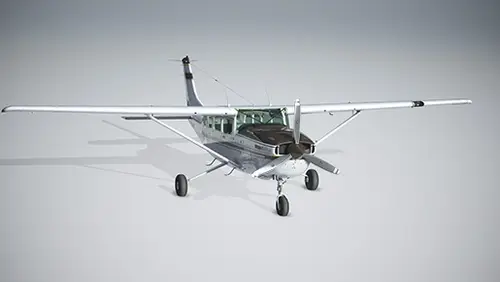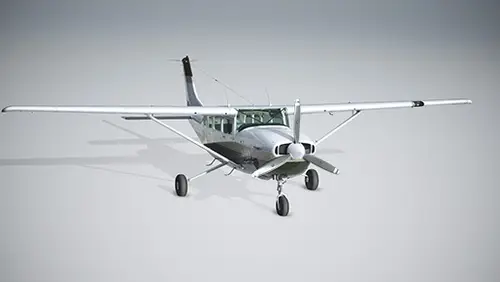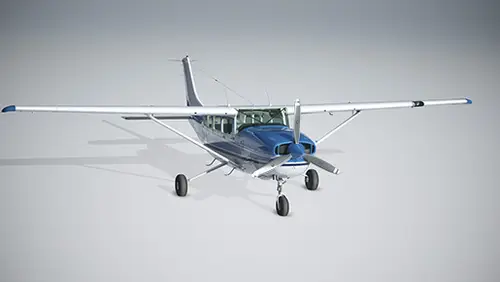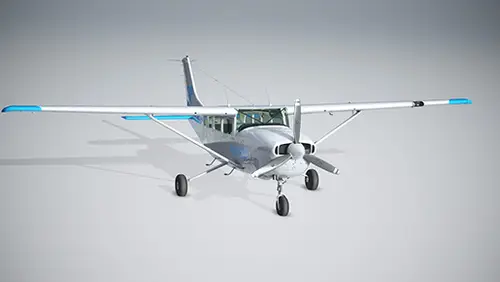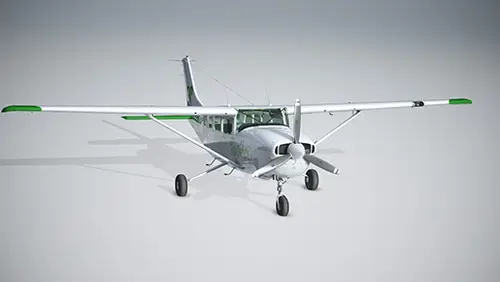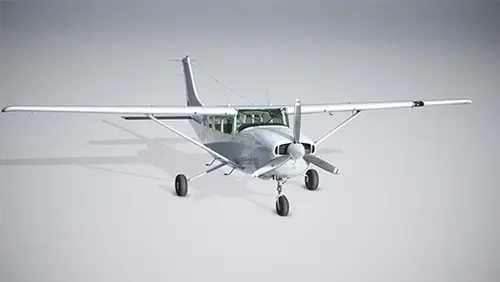The 207 is a single-engine, high-wing light utility aircraft by American aviation producer Cessna. The 207, which carries up to eight including pilot(s), was developed from the Cessna 206, introduced in 1962. The 207, which debuted in 1969, is a stretched variant of the 206 with an increased length of 45 inches over its predecessor. The 207 was manufactured from 1969 to 1984 and a total of 626 airframes were built.
The 207 is renowned as an exceptional short field and bush transport aircraft. It is powerful, has a utilitarian and capacious design, and is rugged. In addition to wide use as an air taxi, the 207 has seen use as a skydiving platform and for aerial photography and mapping.
The 207 was produced in a number of variants, including the T207A, a turbocharged iteration that was initially certified in July of 1976 and was subsequently certified for eight seats in September, 1979. The seven-seat version was named the Turbo Skywagon and the eight seater the Turbo Stationair.
The Cessna T207A measures 32 feet, 2 inches in length, stands 9 feet, 7 inches tall, and has a wingspan of 35 feet, 10 inches. It features a fixed tricycle landing gear and a standard tail unit. The aircraft is powered by a Continental TSIO-520-M turbocharged 6-cylinder piston engine that delivers up to 310 horsepower. It has a range of 671 miles, a service ceiling of 13,300 feet above sea level, and it climbs at 810 feet per minute. It boasts a takeoff distance of 1,100 feet and a landing distance of 765 feet. It cruises at 185 miles per hour and has a top speed of 196 mph.
The Cessna 207 is an all-around pilot favorite. It is incredibly versatile in that it can get in and out of most airfields, it is powerful, and it performs well from near-stall speeds to its top end.

